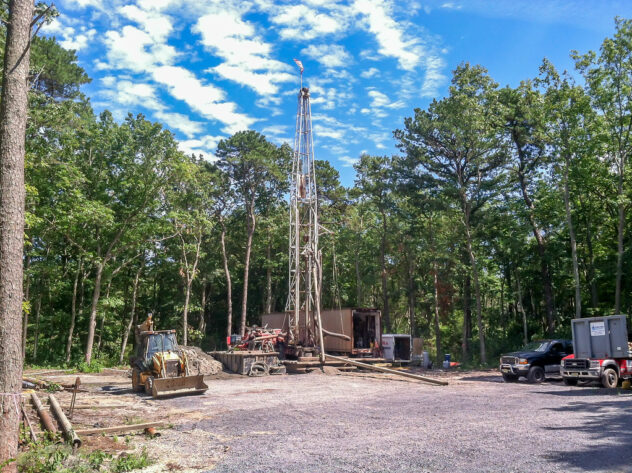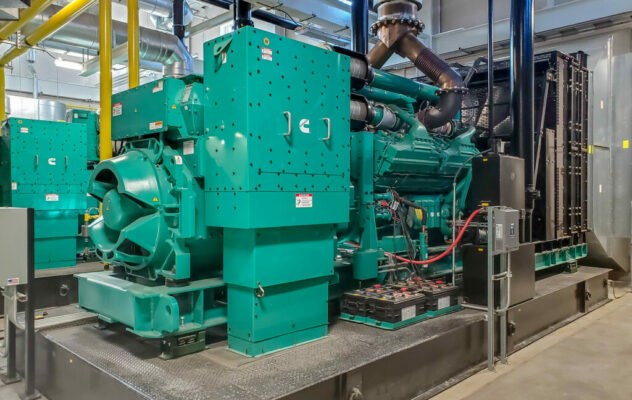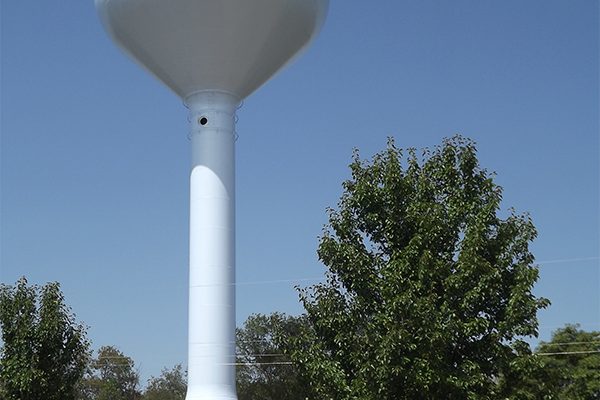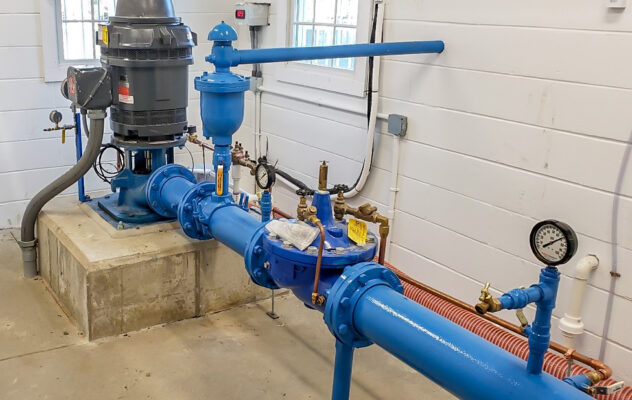Drinking Water
Public community water systems, both privately and publicly-owned, and nonprofit noncommunity water systems (as defined by the National Primary Drinking Water Regulations) are eligible for financing through the NJWB. Public community water systems owned by water commissions, water supply authorities, and water districts are also eligible. Federally owned systems and State-owned systems (State agencies, such as State Police, Parks and Forestry, and Corrections) are not eligible to receive Water Bank assistance. Project sponsors must satisfy the I-Bank and State of New Jersey creditworthiness standards to receive funding.
Several funding opportunities for below market rate financing are available with a combination of principal forgiveness, no interest, and highly rated market rates.
Base Drinking Water
The objective of drinking water funding is to protect the public health in conformance with the objectives of the Safe Drinking Water Act. Drinking Water project eligibility includes the construction or rehabilitation of drinking water distribution, treatment, wells, locating lead lines, replacing lead lines, consolidation of water systems, and many other projects that maintain compliance with existing regulations are eligible.
Eligible Projects
- Drinking water treatment facilities
- Storage facilities
- Conveyance lines
- Water tower construction and rehabilitation
- Desalination of brackish water to augment water supply, aquifer recharge using desalinated sea water, treatment/reinjection of brackish groundwater, and costs for treatment and disposal of brine
- Drinking water well drilling
- Projects to maintain compliance with existing regulations
- Projects for treatment of unregulated contaminants
- Rehabilitation or development of sources to replace contaminated sources
- Purchase or consolidation of water systems that are unable to maintain compliance
- Security monitoring projects
Additional Information

Berkeley Township Municipal Utilities Authority drilling of a
drinking water well funded through the NJWB
Lead Service Line Replacement Loans
The existence of lead service lines in some of our aging drinking water infrastructure poses potential risk to public health. This risk can be significantly reduced through the identification and replacement of lead service lines or through the installation of corrosion control treatment. Publicly-owned and privately (investor)-owned water systems are eligible for principal forgiveness if the project is located in a municipality that meets New Jersey’s Affordability Criteria.
Eligible Projects
- Be able to document the presence of lead service lines and components through historic records that the lines to be replaced are lead. Acceptable records include information on the age of the houses and high probability of lead lines and components being present, line installation records, etc.
- Provide an LSL Replacement Plan consistent with the requirements of P.L.2021, Ch. 183, and Capital Improvement Plan to establish a strategy for lead line replacement that complies with all federal and State requirements.
- Partial lead line replacements are not eligible for funding and prohibited under the recent legislation P.L.2021, Ch.183. Note that if the replacement of only a portion of the service line results in a full replacement of all lead lines, galvanized lines, or components, it is considered a full replacement eligible for funding through DWSRF.
- Principal forgiveness shall be utilized to address the cost-share of the property owner as applicable.
Additional Information

Newark City Lead line replacement
Climate Resilience for Drinking Water Infrastructure
Incorporate resilience guidance using the best available and most geographically relevant climate information, projections, and standards in evaluating the technical, environmental, and financial feasibility of proposed projects.
Eligible Projects
- Relocation/elevation of certain assets or entire facility above current/projected flood stage
- Installation of flood attenuation, diversion, or retention infrastructure within or beyond the footprint of a treatment works that protects the treatment works including floodwater channels/culverts, green infrastructure, and natural systems capable of mitigating a storm surge (e.g., barrier beach and dune systems, tidal wetlands, and living shorelines)
- Saltwater resistant equipment/components
- Backup generators and fuel transport and storage tanks
- Portable pumps
- Physical hardening of electrical systems/equipment
- Dry floodproofing of structures
- Installation of redundant equipment/components

Sayreville Pump Station Flood Mitigation
Emerging Contaminants
Program provides loans for drinking water systems that primarily address emerging contaminants, including PFAS. Emerging contaminants refer to substances and microorganisms, including manufactured or naturally occurring physical, chemical, biological, radiological, or nuclear materials, which are known or anticipated in the environment, that may pose newly identified or re-emerging risks to human health, aquatic life, or the environment. These substances, microorganisms, or materials can include many different types of natural or manufactured chemicals and substances – such as those in some compounds of personal care products, pharmaceuticals, industrial chemicals, pesticides, and micro-plastics.

PFAS are widely used, long lasting chemicals, components of which break down very slowly over time.
The Nano Loans
Program provides funding for small communities serving 10,000 or fewer customers to prevent drinking water pollution. These projects are typically sponsored by smaller water companies that have limited financial and professional resources. Funding package details will be provided in current fiscal year Intended Use Plans (IUPs).
Additional Information

Clayton Borough 750,000 gallon water tower
funded through the NJWB
Very Small Water Systems
These programs identify water systems serving a population of 1,000 or less that need assistance to come into compliance with federal and State drinking water regulations and partner the systems with engineering services needed for a Water Bank Loan. Planning and design services, including permitting and the submittal of the Environmental Decision Document, are typically covered to help water systems that do not have funds to cover the upfront costs.
Additional Information
